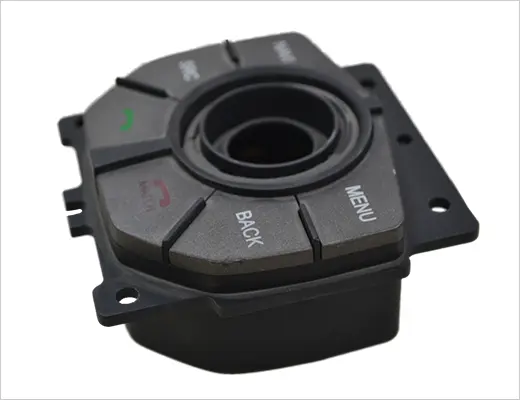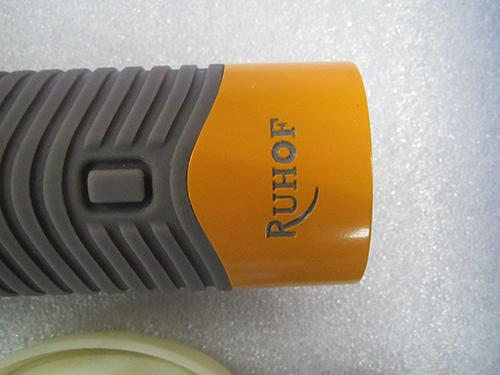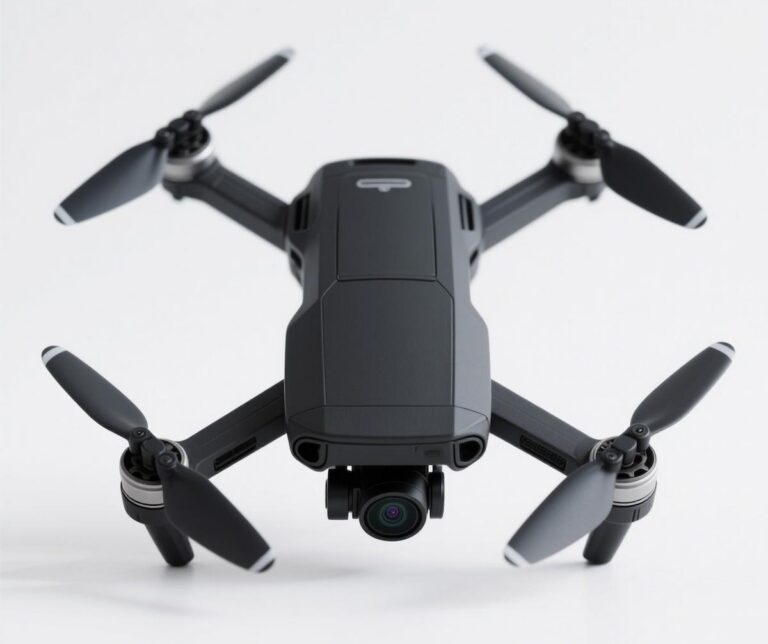
Case Details
Name: Lighting lamp prototype – lamp housing
Industry/Classification: Lighting
Processing: Rapid Mold Material: PMMA
Maximum Precision: 0.05mm Production Cycle Time: 14 days
Product Size: 15.5cm*7.5 cm*10.5cm
Post-Processing: SPI-B1
Case Study
The rapid prototyping process for lighting housings typically involves the following key steps:
Design phase: Computer-aided design (CAD) software is used to create a design drawing of the lighting housing. Taking into account the aesthetics, functionality, and mounting requirements of the housing, the designer will determine key parameters such as size, shape, and heat dissipation needs.
Material Selection: According to the needs and characteristics of the product, suitable materials are selected, such as polycarbonate (PC), acrylic (PMMA), aluminum or other metals. The material needs to meet the requirements of light transmission, temperature resistance, impact resistance and possible heat dissipation.
RAPID PROTOTYPING PROCESSING
Manufacturing Methods: For small quantities or complex designs of lamp housings, rapid prototyping (RP) techniques such as stereolithography (SLA) or selective laser melting (SLM) can be used. For simple designs or high volume production, methods such as injection molding or pressure molding may be chosen.
Post-processing: After prototyping is complete, sanding, polishing, painting, or other surface treatments may be required to enhance appearance and performance. If the design includes transparent or semi-transparent parts, special optical treatments may be required to fulfill the lighting effect.
Assembly and Testing: Assemble the lamp housing with other lighting components (e.g., LED light source, electronic components, etc.). Functional tests are conducted, including light efficiency, heat dissipation performance, durability and so on.
RAPID PROTOTYPING PROCESSING
Evaluation and Iteration: Evaluate the design based on the test results, and if problems are found, make the necessary modifications and create a new rapid prototyping for re-testing. This process may be repeated several times until the product design meets all technical and market requirements.
Preparing for Mass Production: Once the rapid prototyping has been verified and meets all design criteria, the product can be prepared for mass production, which may include the design and manufacture of molds.
The rapid prototyping process is an important part of the lighting housing development process, allowing designers and engineers to identify and solve problems before actual production, ensuring the performance and quality of the final product.








